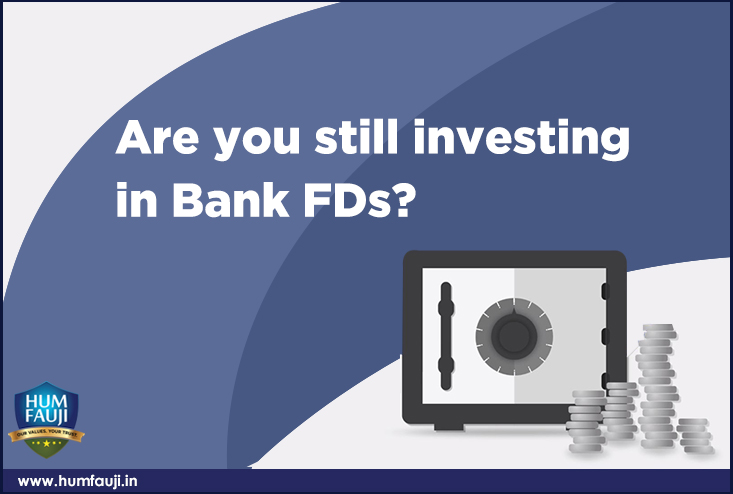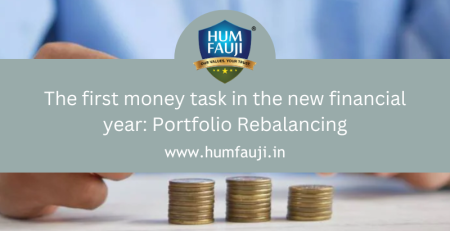Prashant Jain is one of the most respected Mutual Fund managers in India. In a recent article, “Its Tomorrow That Matters”, he makes out a very persuasive case for investing in equity-linked products NOW. By giving behavioural, fundamental and philosophical aspects of equity investing, he asserts that this is the time to invest in equity linked products like diversified equity mutual funds. Some excerpts of the same article are given below in point form for easy assimilation. To download the full article, use the link http://poweraxis.com/projects/emailer/hdfcmf/2012/may/6/pdf/its_tomorrow_that_matters_prashant_jain_hdfcmf.pdf
Good returns are seldom made on investments made in good times.
Rather, Good returns are typically made on investments made in adverse times.
1. Look at the performance of investments made in stock markets at different times:-
Table A: Performance of Investments made in good times
| Time | Sensex Level | 1 yr forward P/E | Main news / reason | Total returns after 3 yrs | Total returns after 5 yrs |
| Jan 00 | 5205 | 25 | High optimism in technology stocks | -38% | 26% |
| Dec 07 | 20287 | 26 | Booming global economy, optimistic markets | 1% | -15% |
Table B: Performance of Investments made in adverse times
| Time | Sensex Level | 1 yr forward P/E | Main news / reason | Total returns after 3 yrs | Total returns after 5 yrs |
| Oct 01 | 2989 | 11 | 9/11 attack on WTC, global markets collapse | 91% | 334% |
| Jun 04 | 4795 | 10 | Unexpected defeat of BJP in elections | 61% | 99% |
| Nov 08 | 9093 | 11 | Sub-prime crisis – Lehman collapse | 77% | NA |
2. Buy low and sell high is what everyone suggests and that is what everyone would like to do. The reality however for a typical investor in equity markets / equity mutual funds is somewhat like this – buy high, buy more higher, buy even more even higher, buy less when market falls, buy lesser if markets fall more and buy nothing when markets are really down.
3. This pattern of an overwhelming majority of investors mis-timing the markets repeatedly and consistently is a key reason for the unsatisfactory experience of the majority from equities and for the poor equities ownership in India. While there can be many reasons for this collective expertise at mis-timing, the key reason probably is that a majority of investments in equities are not done with a long term view, despite the fact that the best that equities have to offer is only over long periods. This is unfortunate, as by investing with a short term view, investors are not benefiting from the compounding potential of equities.
4. As the horizon is short term, the entire focus is on guessing the near term market movements. This inevitably leads to extrapolating the markets in either direction and therefore, in rising markets, expectation is that markets will keep on rising. Greed of quick returns leads to higher inflows in equities and as the trend sustains, the confidence and greed both keep on increasing, leading to even larger inflows. Similarly, in downward moving markets, the expectation is that the markets will keep on moving lower, leading to lower inflows; the lower the markets move, or the longer the markets do not move, higher is the confidence that markets will fall further or that markets are going nowhere, resulting in drying up of fresh investments or even redemption of existing investments.
5. When markets are moving up, the news flow is generally good and vice versa. Therefore, generally, in rising markets the perceived risk is low whereas the actual risk is higher as valuations are high. On the other hand, in adverse times, when the markets are not doing well and the news flow is not good, the perceived risk is high whereas the actual risk is lower as valuations are attractive. The net result of all this is that, time and again, a majority of investors end up investing large amounts at high valuations and small amounts at low valuations.
6. Such an approach to investments is not returns friendly and it therefore comes as no surprise that a majority of investors probably do not get rich by investing. Faced with unsatisfactory returns, most blame the markets when instead, it is their investment approach that is flawed and needs to be corrected.
7. However, in case of Gold in India, nobody looks at real returns as the time-period of investment may border on even indefinite. Comparative returns are as below:-
| 5 year returns (Compounded Annual Growth Rate) of Equities and Gold in India | |||
| Period | BSE Sensex | Gold returns % | Excess returns of Sensex over Gold |
| 1981-85 | 28.9% | -3.3% | 32.2% |
| 1986-90 | 14.7% | 11.9% | 2.8% |
| 1991-95 | 24.3% | 14.4% | 9.9% |
| 1996-2000 | 5.0% | -1.4% | 6.4% |
| 2001-05 | 18.8% | 12.9% | 5.9% |
| 2006 – Apr 2012 | 10.1% | 23.3% | -13.2% |
8. It is true that the economy is currently passing through a difficult phase. However, this is neither the first nor will it be the last time the economy is facing challenges. Besides, the problems facing the economy are such that should get resolved over time and through some specific steps. In the face of so many issues and adverse news flow almost on a daily basis, it is easy to forget the several strengths of the Indian economy.
9. Bargains are available only in challenging environments / in markets characterized by weak sentiment and seldom when the going is good / sentiment is strong. That’s why, from an investor’s perspective, a more appropriate way to describe the current markets would be bargain markets and not difficult markets.
- By the end of June or shortly thereafter, Greece will either be in Eurozone or it will not be. Over the same timeframe, steps if any that are undertaken by the government to resolve some of the issues facing the Indian economy will also be known. Irrespective of what happens, markets should discount these outcomes fairly quickly.
- Times such as present, when the markets are not doing well should actually be looked upon as a window of opportunity for savers to invest more into equities, so that when the good times come, there are meaningful investments in equities to reap the benefits from. The lower the markets are, the bigger is the opportunity and the longer the markets remain depressed, better is the opportunity for savers. In a lifespan of investing of say 30-40 years, it is unlikely that the markets will provide many such windows. In the last 20 years there have been only 3-4 such windows.
With regards,
Col (retd) Sanjeev Govila, CERTIFIED FINANCIAL PLANNERCM
CEO, Hum Fauji Initiatives,
Your Long-term Partner for Wealth Creation
9999 022 033, 011 – 4054 5977 (Off), humfauji.in
Visit our Blog https://humfauji.in/blog, or facebook page http://www.facebook.com/HumFaujiInitiatives or follow us on Twitter https://twitter.com/#!/humfauji to get latest insight on matters financial














Leave a Reply